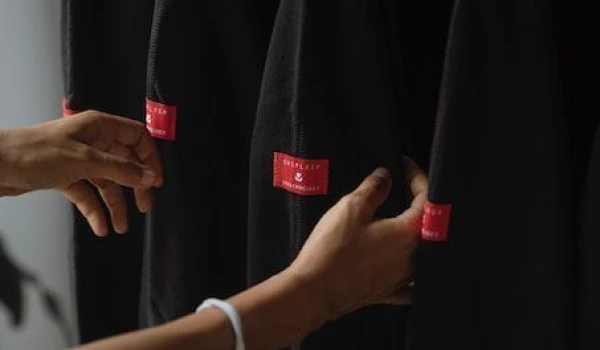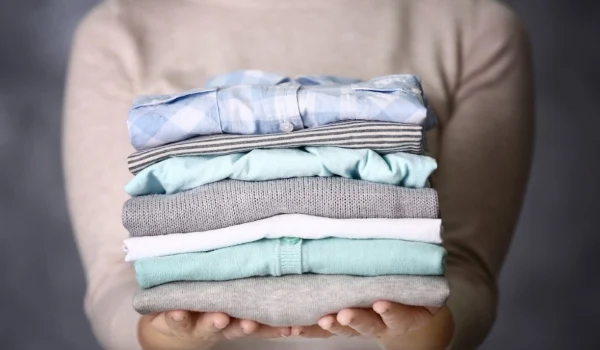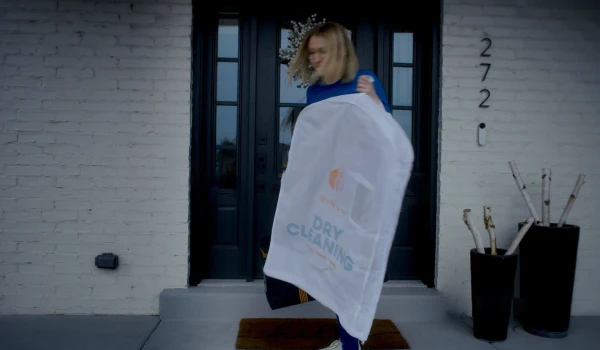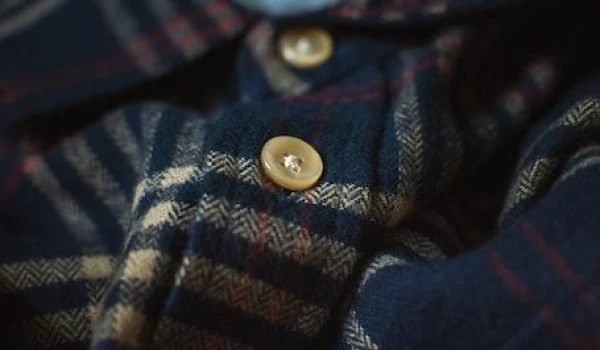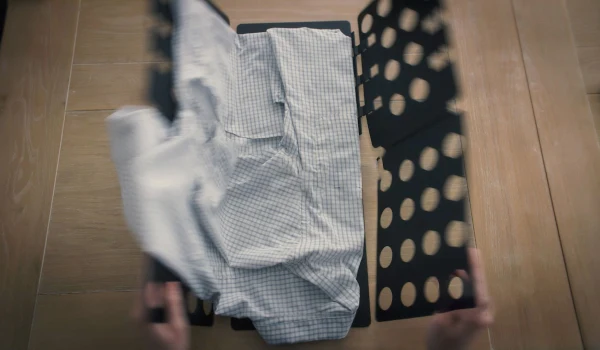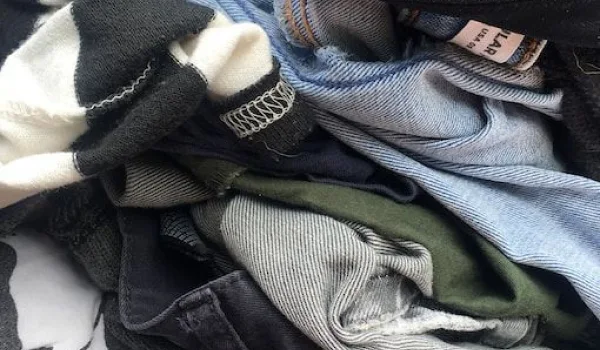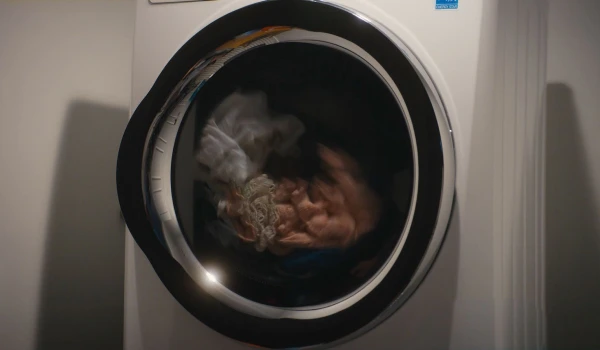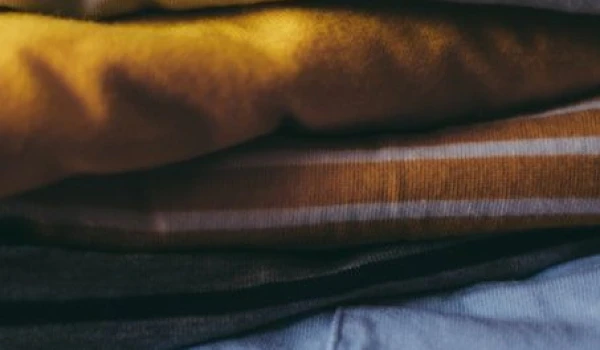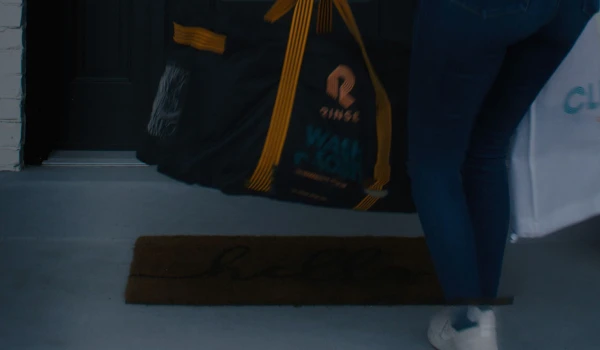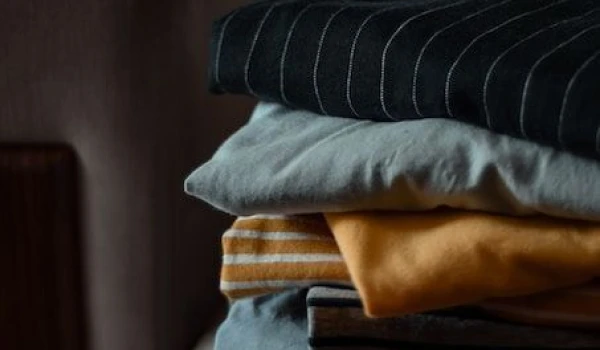Introduction
When you have clothing that needs to look sharp, like a suit, dress, sweater, or dress shirt, chances are you take it to the dry cleaners. But many nice articles of clothing don’t need to be dry cleaned – often, having your clothing laundered and pressed is a better choice.
The Basic Difference Between Laundry and Dry Cleaning
The short answer – water. However, there are other differences such as the cleaning process, chemicals used, suitable fabrics, effectiveness in removing certain stains, impact on the environment, and cost of service.
Dry Cleaning:
When your clothes are dry cleaned, non-water-based solvents (such as perchloroethylene) are used to remove stains and odors, before they are crisply pressed. In general, dry cleaning is ideal for delicate fabrics, with some garments having "dry clean only" instructions. Note that the cost of dry cleaning is considerably higher on a per-piece basis, and requires specialized equipment.
Laundering:
With laundered items, water and detergent are used. Your clothes are soaked and agitated in a commercial-grade washing machine, emerge slightly damp, and then are individually pressed. Laundry cleaning is suitable for most clothing fabrics, such as cotton, polyester, denim, and linen.

Why Launder & Press?
So what's the benefit of using Launder & Press?
• It's ideal for removing sweat, oils, and dirt: Laundering is more effective than dry cleaning at removing sweat and oil from fabrics, so it is typically the best choice for dress shirts and cotton blouses. After clothes are laundered, they are pressed and hung for that crisp, fresh-from-the-cleaner look.
• It's generally more sustainable: While laundering still consumes water and energy, there are eco-friendly detergents that can be used to mitigate the impact on the environment. Modern consumer appliances or commercial-grade ones are constantly becoming more efficient. Dry cleaning traditionally uses solvents that are toxic to the planet and can cause a reaction to sensitive skin.
• It's more cost-effective: Whether washing laundry at home or not, the cost of cleaning each garment is much lower than if done by dry cleaning. Water and detergent are much cheaper than perchloroethylene, and that is before considering the cost of the equipment needed for dry cleaning.
• It's gentle on fabric: The chemicals used to dry clean your clothes can cause fabrics to deteriorate over time. Laundering, on the other hand, removes stains and everyday grime using water and gentler detergents.
High-quality laundry services like Rinse read the care label on your clothing and make the call between chemical dry cleaning and laundering to maximize the life of your clothes. When you’re the one making the call, read the label: if it doesn’t say “Dry Clean Only,” ask for Launder & Press. Your clothes will thank you!

Why Dry Clean?
You may be thinking – why on earth would anyone choose to dry clean when Launder & Press is just as effective (if not more in some cases) and gentler on fabrics? Well, the truth is, it depends on the fabric and the piece.
• It's ideal for clothing made of natural fibers, like silk, cashmere, or wool because water can hurt the fabric. Water can cause the fibers in the fabric to become rigid and can lead to shrinkage.
• It's a way to ensure the longevity of your clothes: Dry cleaning eliminates the risk of your clothes bleeding, fading, stretching, or becoming distorted in the washer or dryer.
• It's how to remove certain odors: Some smells, such as smoke or mildew, are not fully removed during a traditional laundry wash. Dry cleaning is more effective in this department.
• It's often the only way to get out certain stains: When an item is dry cleaned, it also goes through the “pre-spotting” process where an experienced cleaner will examine each garment to locate stains and determine the source so that they can treat the stain with the appropriate non-aqueous solvent. It’s not uncommon for a pre-spotter to have decades of experience!
A helpful tip to extend the life of your clothes: If you know the source of any stain on your garment, let your dry cleaner know. Be it ketchup, wine, or a splash from a puddle, your dry cleaner will use that information to choose the right solvent and minimize the risk of damage.

Have laundry or dry cleaning to do?
Rinse picks up, cleans and delivers 7 days a week. Amazingly awesome. Ridiculously simple.

Learn More About Rinse
There’s a reason both dry cleaning and launder & press are offered today – each serves a different, valuable purpose. Both are aptly named and both keep you looking sharp!
We have you covered at Rinse as we offer both Dry Cleaning and Launder & Press solutions! Sign up here and try any one of our award-winning services.
In addition, you can learn more about How Dry Cleaning Works from our COO James. He grew up in dry cleaning!
Contact us at Rinse today to see our skill in action.


